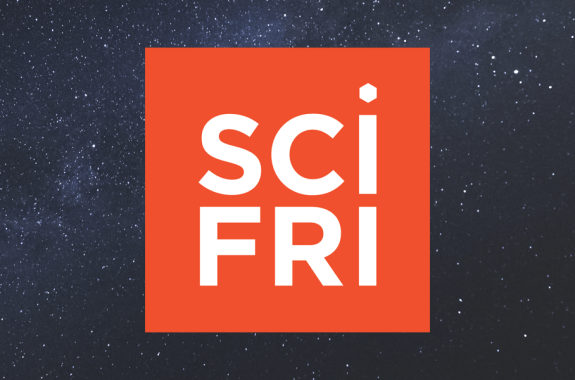February 9, 2024
In a new book, Dr. Uché Blackstock reflects on her experiences as a Black physician and the structural racism embedded in medicine. Plus, associating images from a child’s daily life with the sounds they were hearing helped teach a computer model a set of basic nouns. And, colorectal cancer is increasingly common among younger adults.
February 2, 2024
New findings about how substances like air pollutants can trigger cancer may help reveal carcinogens we were unaware of. Plus, scientists in Ecuador are on a mission to describe new-to-science tarantula species and help secure conservation protections. And, the first CRISPR gene-editing treatment is a cure for sickle cell disease.
January 26, 2024
Prescription rates for ADHD drugs rose by 30% from 2020-2022, with large increases among women and young people. Plus, veterinary experts discuss what is known about the potential respiratory pathogen—or pathogens—and which dogs are most at risk. And, Irth is a “Yelp-like” app to help expectant parents make informed decisions by exposing bias and racism in healthcare systems.
January 19, 2024
Scientists are testing artificial intelligence’s ability to read imaging results, make diagnoses, and more. Plus, a new book explores how the moon changed us—and how we’ve changed the moon. And, artist Sarah Rosalena uses Indigenous weaving, ceramics, and sculpture practices to create art that challenges tech’s future.
January 12, 2024
Dr. Adam Frank discusses the human fascination with extraterrestrial life—and the scientific search for it—in his new book. Plus, digging into MIT Technology Review’s annual list of exciting technologies with executive editor Amy Nordrum. And, a new brain atlas catalogs cell types by the genes they express, which could help medical researchers tailor treatments.
January 5, 2024
The Endangered Species Act established protections for plant and animal species at risk of extinction. It’s still working 50 years later. Plus, NASA’s CIPHER program will measure how the human body changes in space. And, underground hydrogen stores have raised renewable energy hopes, but can the industry overcome the logistical hurdles of distributing it?
December 29, 2023
An artificial tongue helps researchers understand how texture impacts what people like about chocolate. Plus, astrophysicist Dr. Erin Macdonald talks about consulting on the famous series and the real (and fictional) science on screen. And, when math is based on abstract concepts, how do we know it’s correct? Dr. Eugenia Cheng takes on that question in a new book.
December 22, 2023
For decades, panda policy has guided conservation advancements. Now, pandas in the US are being returned to China. Plus, scientists have recovered the DNA of thousands of new species of fungi from the environment, but they aren’t eligible for scientific names. And, researchers looked at how shifts in emotion influenced participants’ memory formation.
December 15, 2023
Powerful cosmic rays like the “Amaterasu” particle are typically caused by celestial events, but this one’s source is unknown. Plus, while they’re nesting, chinstrap penguins take thousands of seconds-long naps a day. And, Dr. Carlotta Berry writes romance novels about Black women in the sciences to encourage more people to go into the field.
December 8, 2023
Birders across the world band together to record the number of birds in their communities. Plus, a new theory pins the throbbing pain of a red wine headache on quercetin, an antioxidant in grape skins. And, astronaut Mike Massimino reflects on his time in space, and what it taught him about succeeding on Earth.
